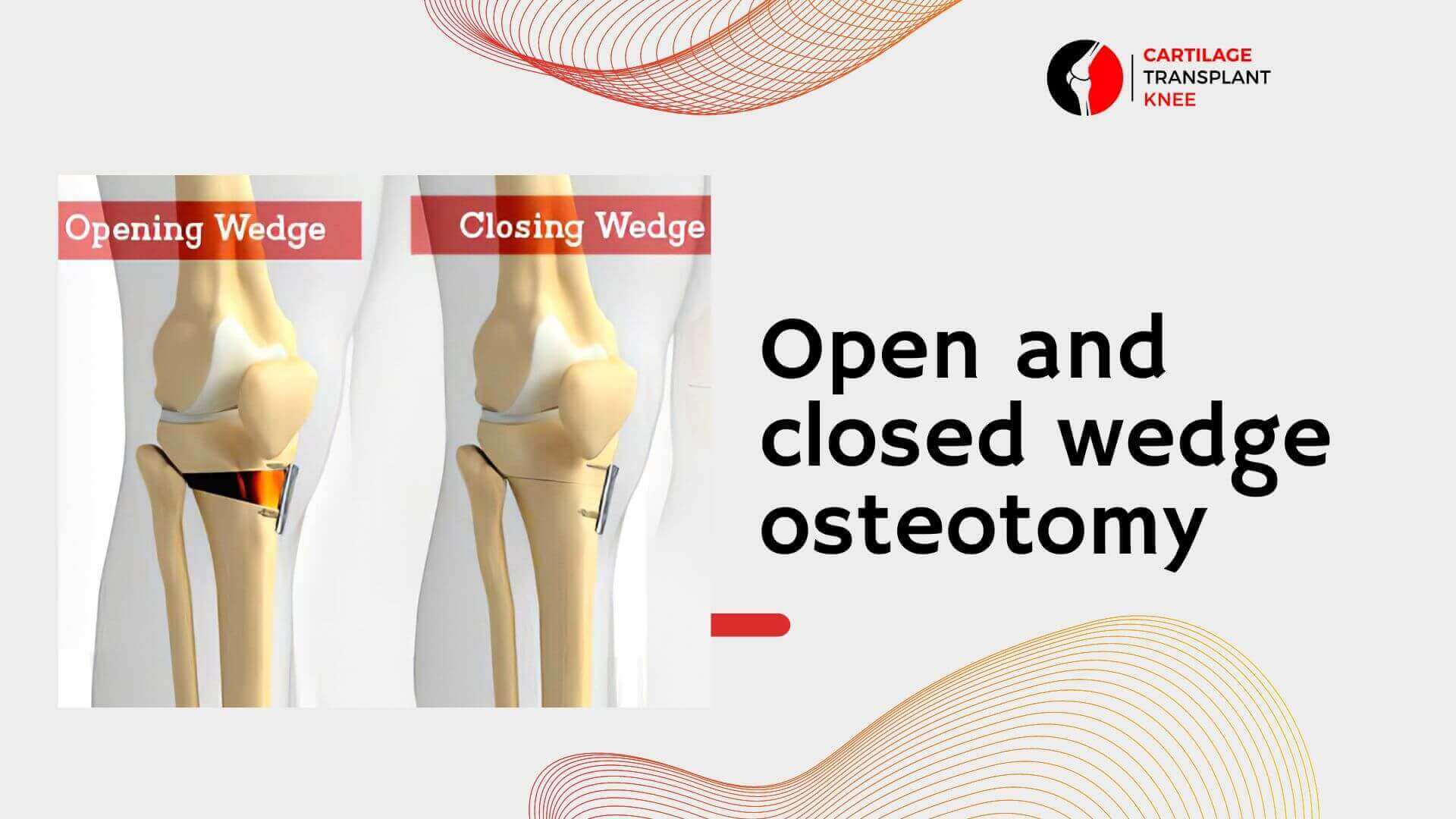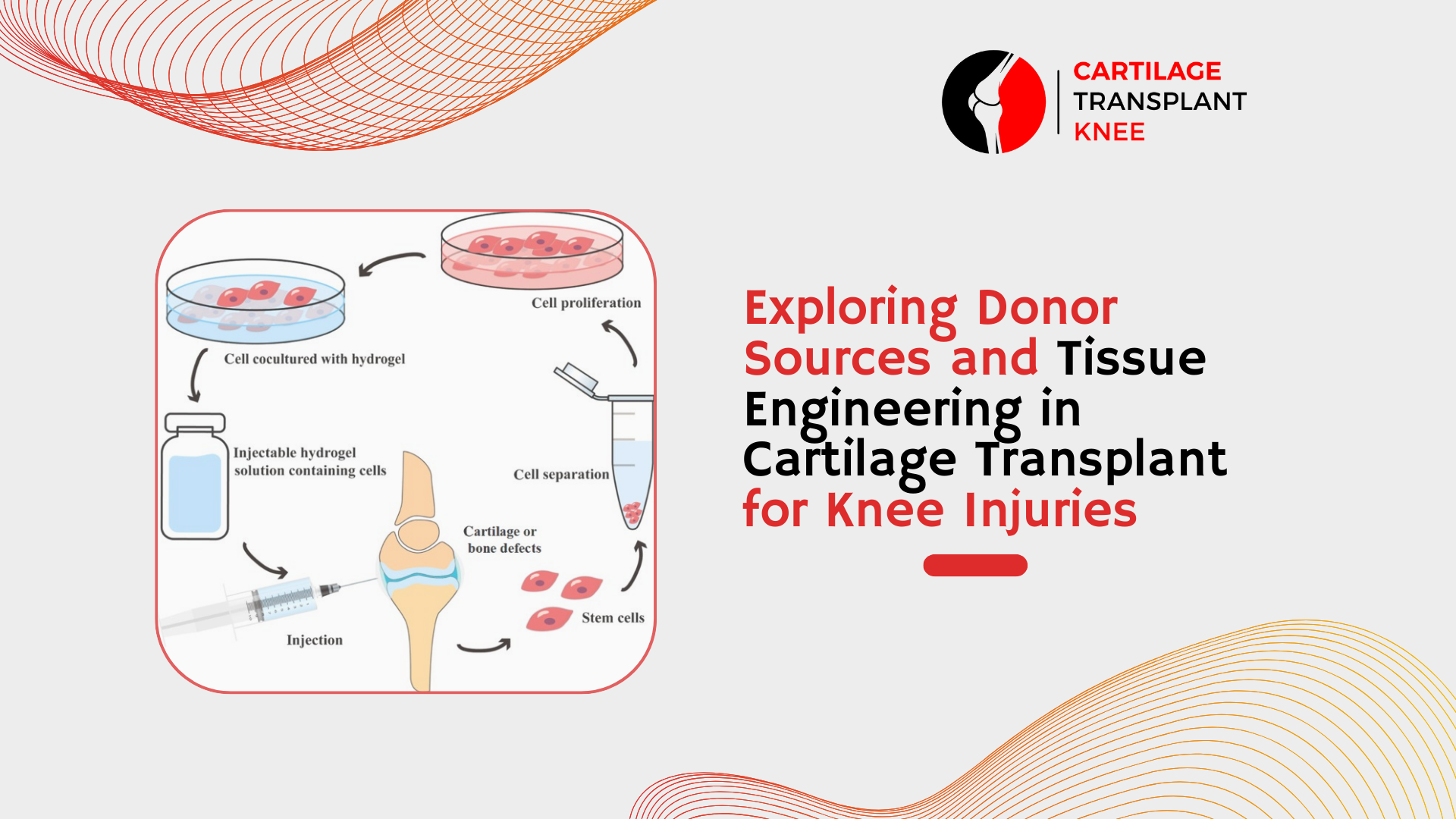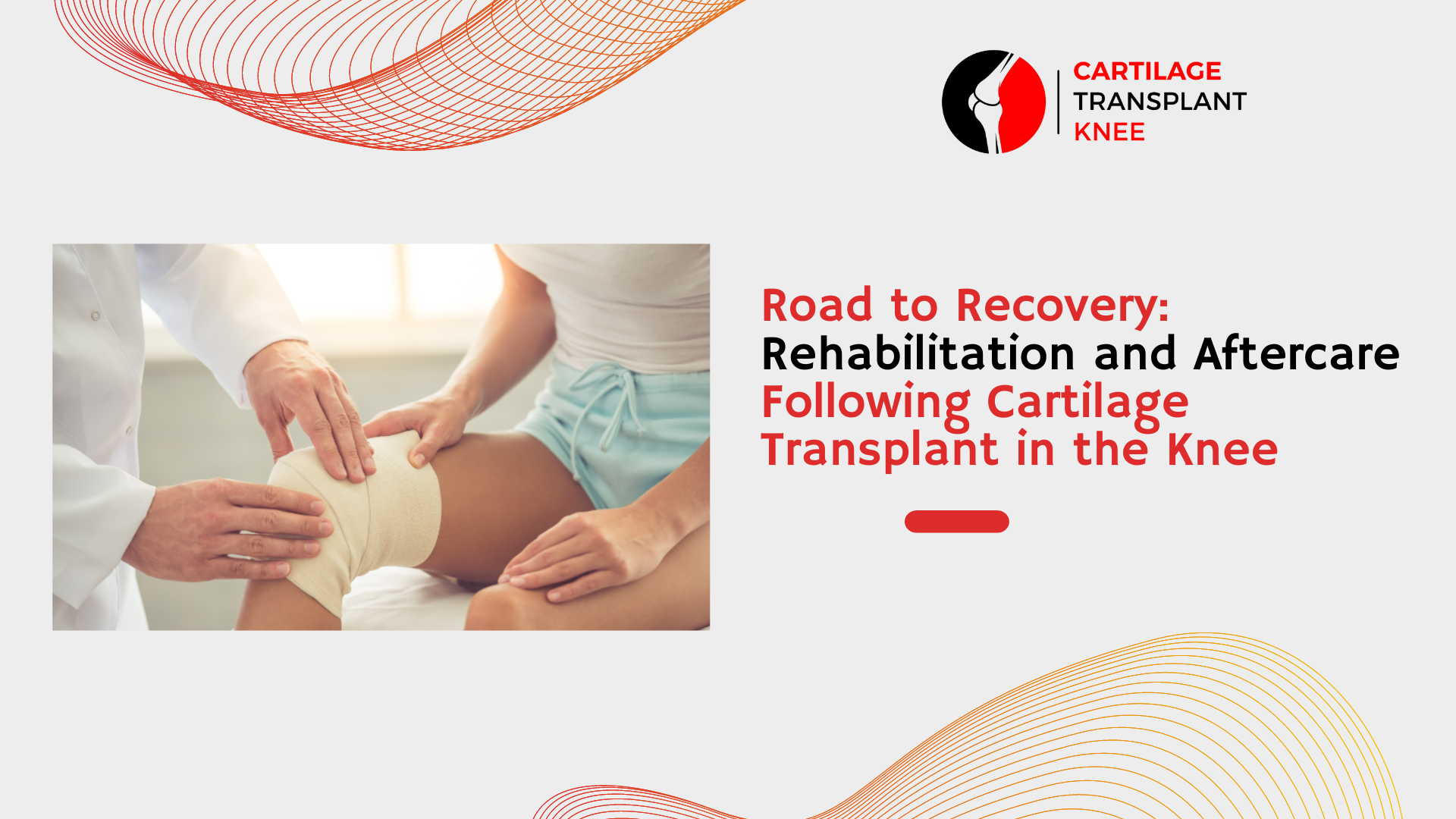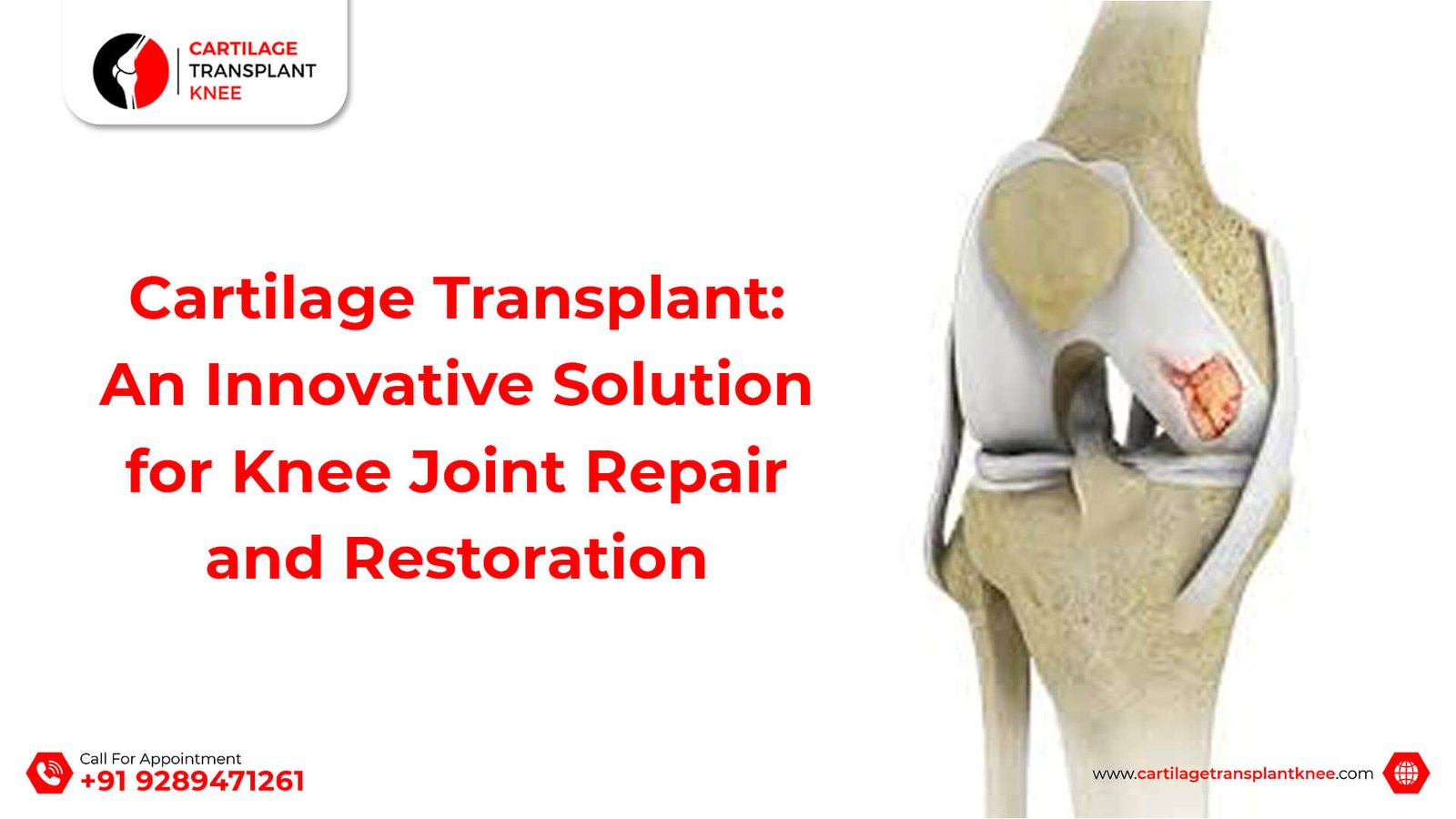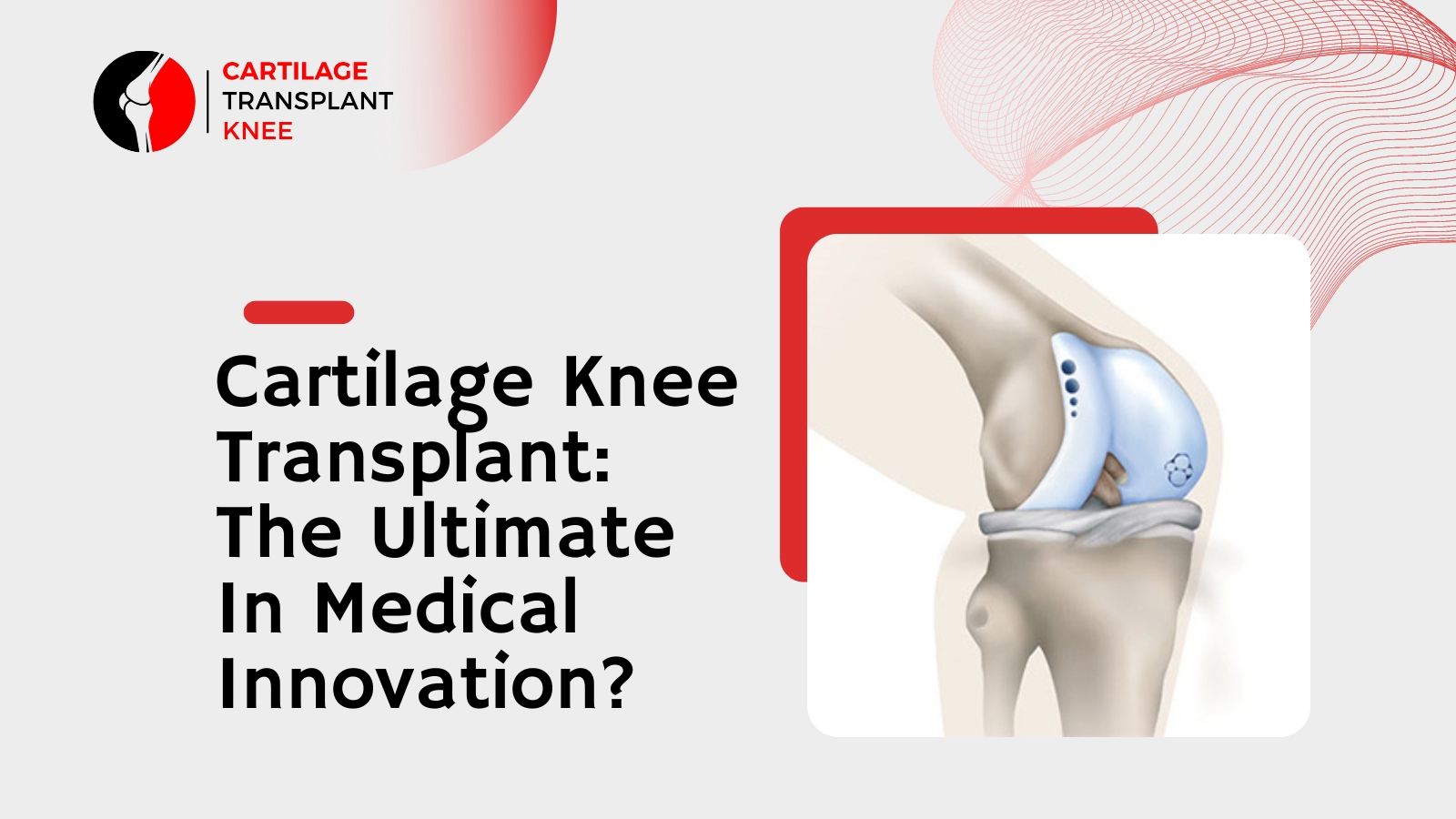Osteotomy is a surgical procedure that involves cutting and reshaping bones in order to correct deformities, redistribute weight, or relieve pressure on joints. Two types of osteotomy procedures that are commonly performed around the knee are closed wedge and open wedge osteotomy. In this blog, we will discuss these two procedures in detail, including the indications, techniques, and potential risks and benefits.
Closed Wedge Osteotomy
Closed wedge osteotomy, also known as a medial closing wedge osteotomy, is a procedure that involves removing a wedge of bone from the lateral side of the tibia (shinbone) or the medial side of the femur (thighbone). This effectively shortens the side of the bone where the wedge was removed and lengthens the opposite side, correcting the alignment of the knee joint.
Indications
Closed wedge osteotomy is typically used to correct varus deformity, which is a condition where the knee joint is angled inward, causing the weight to be distributed unevenly across the joint. This can lead to pain, stiffness, and early-onset arthritis in the knee joint.
Technique
During the procedure, the surgeon makes a small incision near the knee joint and creates a wedge-shaped cut in the bone. The cut is then closed, effectively shortening the bone on one side and lengthening it on the other. A plate or screws may be used to hold the bone in place while it heals.
Benefits
The benefits of closed wedge osteotomy include correction of the varus deformity, reduction in knee pain, improvement in joint function, and potentially delaying the need for knee replacement surgery.
Risks
The risks of closed wedge osteotomy include infection, bleeding, nerve damage, and poor bone healing. In addition, there is a risk of overcorrection or undercorrection of the deformity, which can lead to further complications.
Open Wedge Osteotomy
Open wedge osteotomy, also known as a medial opening wedge osteotomy, is a procedure that involves creating a cut in the bone and inserting a wedge-shaped spacer into the gap. This effectively lengthens the bone on one side and shortens it on the other, correcting the alignment of the knee joint.
Indications
Open wedge osteotomy is typically used to correct valgus deformity, which is a condition where the knee joint is angled outward, causing the weight to be distributed unevenly across the joint. This can lead to pain, stiffness, and early-onset arthritis in the knee joint.
Technique
During the procedure, the surgeon makes a small incision near the knee joint and creates a cut in the bone. A wedge-shaped spacer is then inserted into the gap, effectively lengthening the bone on one side and shortening it on the other. The spacer is held in place with screws or a plate while the bone heals.
Benefits
The benefits of open wedge osteotomy include correction of the valgus deformity, reduction in knee pain, improvement in joint function, and potentially delaying the need for knee replacement surgery.
Risks
The risks of open wedge osteotomy include infection, bleeding, nerve damage, and poor bone healing. In addition, there is a risk of overcorrection or undercorrection of the deformity, which can lead to further complications. There is also a risk of developing a stress fracture in the bone near the spacer.
Conclusion
Closed wedge and open wedge osteotomy are two surgical procedures that are used to correct deformities around the knee joint. While both procedures have similar indications and benefits, they differ in their technique and potential risks. It is important to discuss the risks and benefits of each procedure with your surgeon to determine the best course of treatment for your individual condition. With proper evaluation and preparation, osteotomy can be a successful treatment option.

